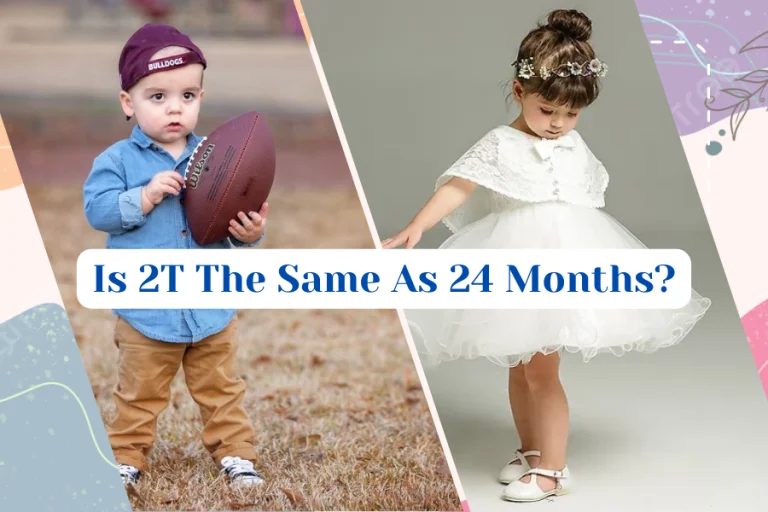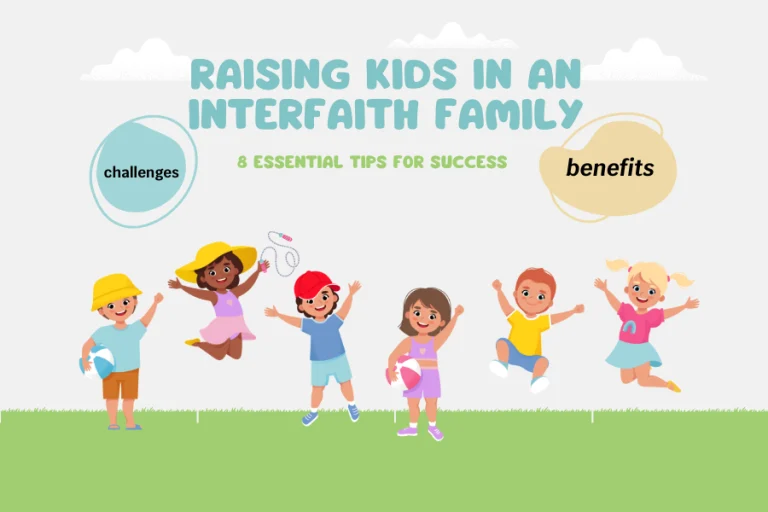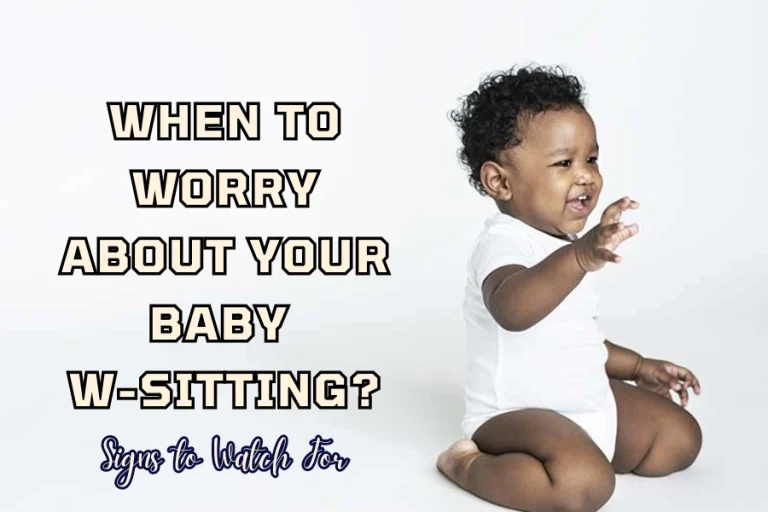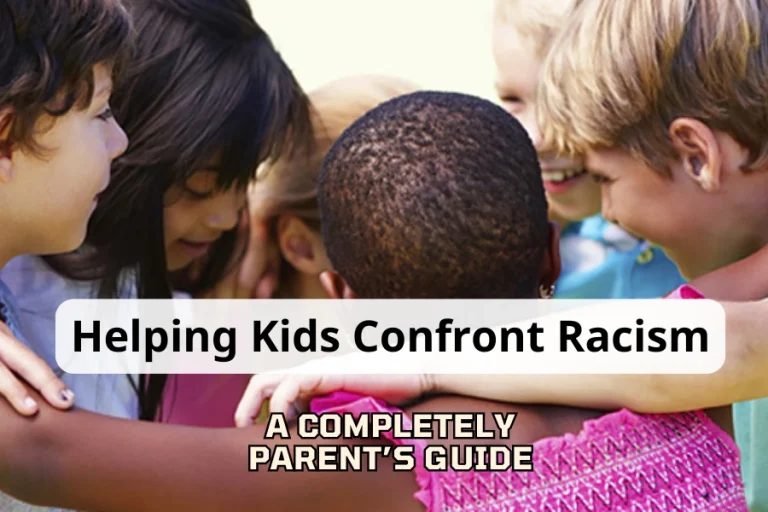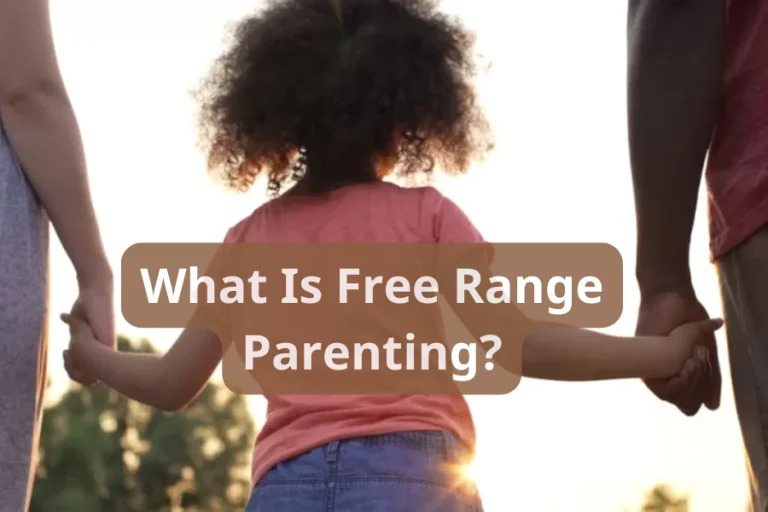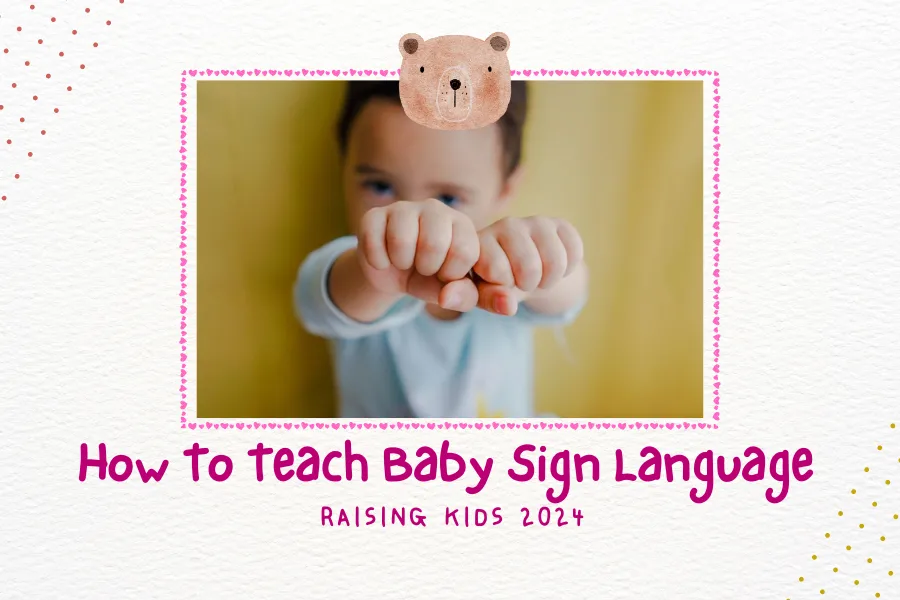
“Is my baby hungry?”, ” Is my little one sleepy?” – Guessing games seem to be daily activities between many parents and their infants. Babies just can cry mainly to try to express themselves, but it is not enough. And that is why baby sign language comes in to bridge this communication gap.
Baby sign language teaches simple hand movements that correspond to words. This helps your baby communicate their needs and feelings more clearly before being able to talk. This article is going to take you through everything that you need to know about “How to Teach Baby Sign Language”. It will start from the age at which a baby should be taught and the most common language signs parents should be involved. Be ready to unlock a whole new way of communicating with your little one.
What Is Baby Sign Language?
Baby sign language is a form of communication wherein infants convey their needs and wants through simple hand motions before they can talk. They are simple gestures that are easy for babies to learn and imitate. Teaching your baby to use such signs, like “milk,” “more,” or “sleep,” enables you to understand what they need without having to cry or guess.
Why Is Teaching Your Baby Sign Language Necessary?
There are many more reasons why teaching your baby sign language can be helpful aside from just a simple form of communication. First and foremost, it offers babies the mode of showing their needs, feelings, and wants long before speech development. This early way of communicating reduces frustration in both the baby and parents by minimizing guesswork in what the baby wants.
Early exposure to language, even through the non-verbal mode, can give children a head start in developing vocabulary and structure of the language. This shared learning deepens the bond between a parent and child and builds up trust. All in all, it is an excellent way to promote early communication, understanding, and independence in kids. Linda Acredolo, Ph.D., Child Development Expert and Co-Author of Baby Signs, revealed:
“Research shows that babies who use sign language actually develop verbal skills more quickly than non-signing peers. It’s a powerful tool for early language development.”
When Should You Start To Teach Your Baby Sign Language?
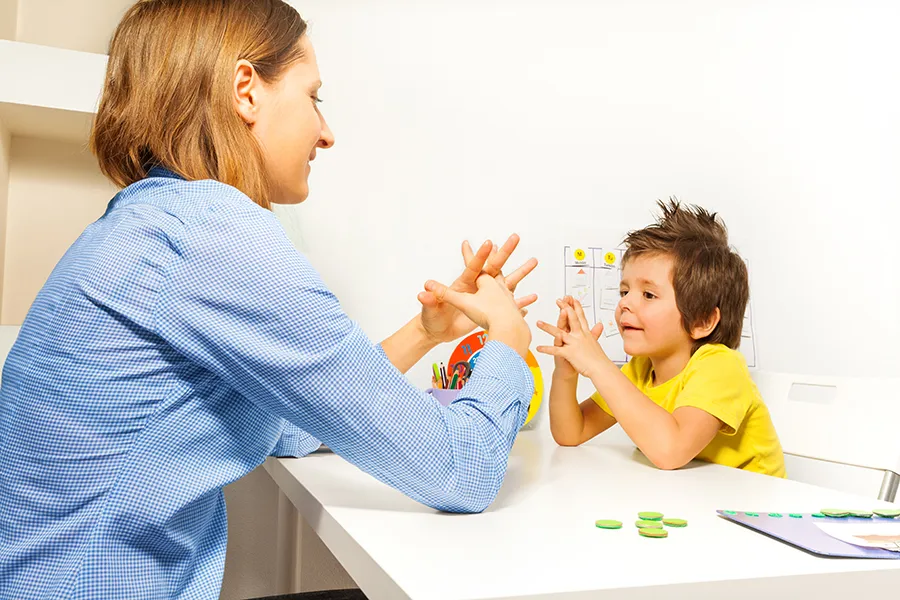
You may teach baby sign language starting from 6 months old, though some parents can do it even earlier1. At this age, babies are generally more receptive to learning simple signs, even though they won’t start using them immediately. In the baby milestone chart, most begin signing back between 8 to 12 months, but consistency and patience are the keys. The earlier you start, the more familiar your baby will become with the signs. This will make it easier for them to use the signs once they’re ready to communicate.
How To Teach Baby Sign Language – Tips To Start
Teaching your baby sign language is rather easy and quite rewarding. All you need to do is simply choose a few basic signs that relate to your baby’s daily needs, like “milk,” or “hungry”. Then, in all your daily routines, stick with those signs. For example, whenever you give your baby milk, do the sign language “milk”. Practice will make it perfect, so try to use the signs each time you perform the associated activity.
Babies learn through interacting, so the more patient and responsive you are with your baby’s attempts to sign, the more they will learn. Applaud the efforts, even if the signs aren’t perfect at first. Remember, this is to improve communication and not overwhelm your baby.
15 Common Baby Signs Parents Can The Kids
Before they can speak, teaching your child sign language can be a fun and exciting way to communicate. So here are 15 common baby signs that can make everyday interactions smoother and more fun.
Sign Language of “Hungry”
Making a “C” with your hand and moving it from your chest to your stomach is how you sign “hungry.” This action can be thought of as food or hunger going down into the belly.
Sign Language of “Thirsty”
With your index finger pointing towards your chin, trace a line down your throat. This action can be thought of as a drink going down the throat.
Sign Language of “Milk”
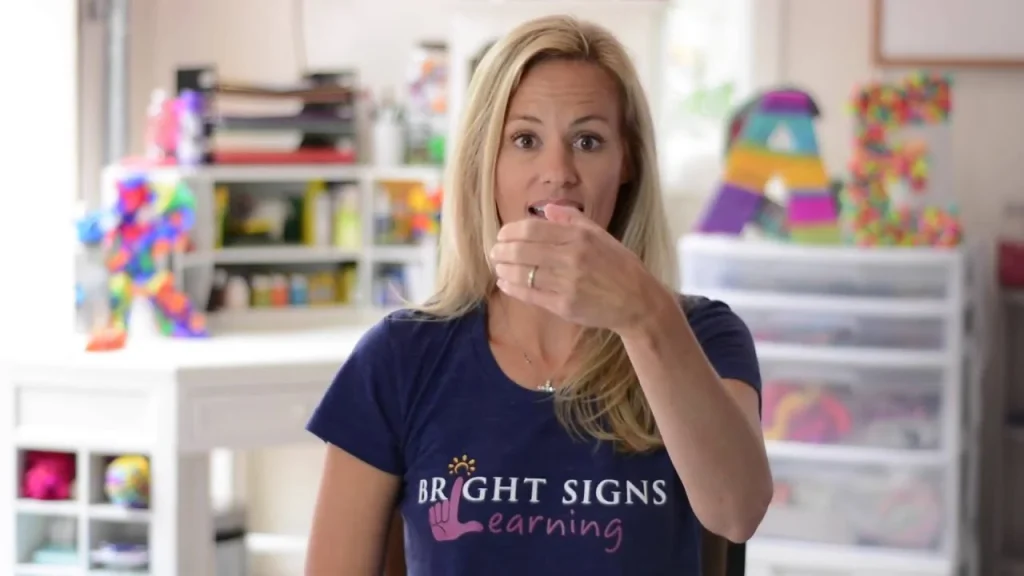
For “milk,” open and shut your hand as if milking a cow. This memorable movement makes this one of the most common signs for babies.
Sign Language of “More”
Touch the fingertips together on both hands and tap them together repeatedly to show “more.” You can give this sign at mealtime or when it’s time to play.
Sign Language of “Play”
To perform “play,” extend both pinky and thumb on both hands, then shake your wrists back and forth, as if you were shaking two maracas. This playful sign is perfect for signaling fun times ahead.
Sign Language of “Sleep”
To sign “sleep,” begin with your dominant hand open with fingers apart and then close your fingers together while bringing your hand down the face, closing your eyes at the same time. This indicates going to rest.
Sign Language of “Bath”
Close both hands into fists and rub up and down your chest. This depicts the washing of the body at bath time.
Sign Language of “Poop”
You make one hand in a fist, while the other hand covers it and pulls downwards. This sign is quite practical at diaper-changing times.
Sign Language of “Sorry”
In signing “sorry,” make a fist and rub in a circular motion on your chest. This sign is a gentle way to teach your baby about apologizing.
Sign Language of “Please”
Place your flat hand on your chest and move in a circular motion for “please.” This is a polite sign, which can be used in many ways.
Sign Language of “Thank you”
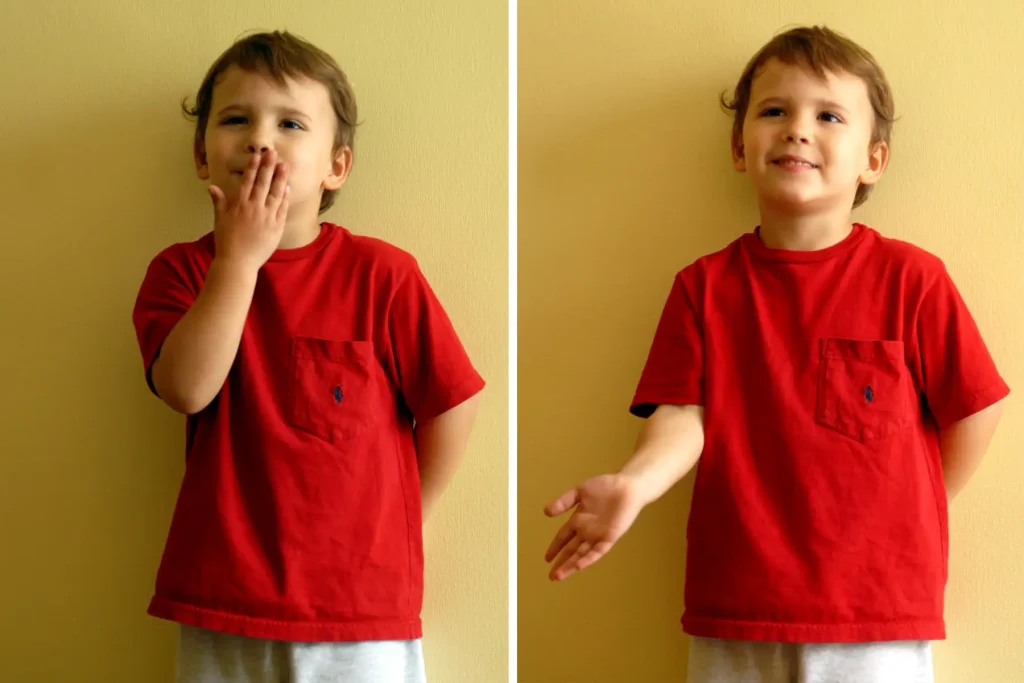
To say “thank you,” place the fingers near your chin and move the hand forward, away from the face, keeping the fingers together, as though blowing a kiss. This is sweet to show appreciation.
Sign Language of “Share”
For “share,” extend one hand flat, and with the other hand, rub your thumb and index finger across the flat hand as if dividing something. This sign is a good one for teaching about sharing.
Sign Language of “Help”
To sign “help,” lay one hand flat with the thumb up; then with the other hand, lift the thumb-up hand slightly. This can represent help.
Sign Language of “Hurt”
Point both of your index fingers toward each other and tap the two together, keeping your other fingers down. This is the sign of “hurt.” This can be used when something hurts or is uncomfortable.
Sign Language of “I love you”
Now, set your thumb, index finger, and pinky up and fold the other fingers down for “I, “L, ” and “Y” combined. This iconic sign is a real beauty to convey love.
Is Baby Sign Language Same With ASL – American Sign Language?
American Sign Language (ASL) and baby sign language are not the same thing. While some signs can be taken from ASL, baby sign language is much simpler and easier for babies and toddlers to learn. Whereas, ASL is a full language with its own rules and structure.
In Summary
Congratulations, you have completed our guide “How To Teach Baby Sign Language”. Teaching your baby sign language can be quite a rewarding adventure for both parents and babies. Keep in mind that this is supposed to be fun and not stressful for the child in learning communication skills. So keep the atmosphere light and playful when teaching your child sign languages.
Source
- Infants link language and cognition, whether the language is spoken or a sign language. (n.d.). Northwestern Now. https://news.northwestern.edu/stories/2021/september/infants-link-language-and-cognition-whether-the-language-is-spoken-or-a-sign-language/ ↩︎

